The late 1980s and early 1990s gave birth to many acclaimed sports cars, plenty of which are soaring up the collectable classic ranks.
The Volkswagen Corrado is one of them. With its reasonable prices on the rise, this charismatic coupé is getting more sought after by the minute. Then again, that’s unsurprising, seeing as it’s such a special and rare model – and one headlined by a crown jewel of an engine option.
It wasn’t the first unit available in the Corrado, though. In 1989, the model came to the UK featuring only a 136bhp 1.8-litre four-cylinder – the same 16-valve engine found in the Golf GTI Mk2. It didn’t stick around, though, because a 136bhp 2.0-litre became its replacement in 1992.
On another, more powerful note, the previous year marked the introduction of what is known as the G60. This short-lived, supercharged 1.8-litre variant has 158bhp and a 0-60mph time of 8.3sec, making it the fastest Corrado until 1992. Why? That’s the year VW widened the car’s front wheel track and arches, gave it suspension and chassis parts from the Golf Mk3, and fitted it with its showpiece, the VR6 engine.
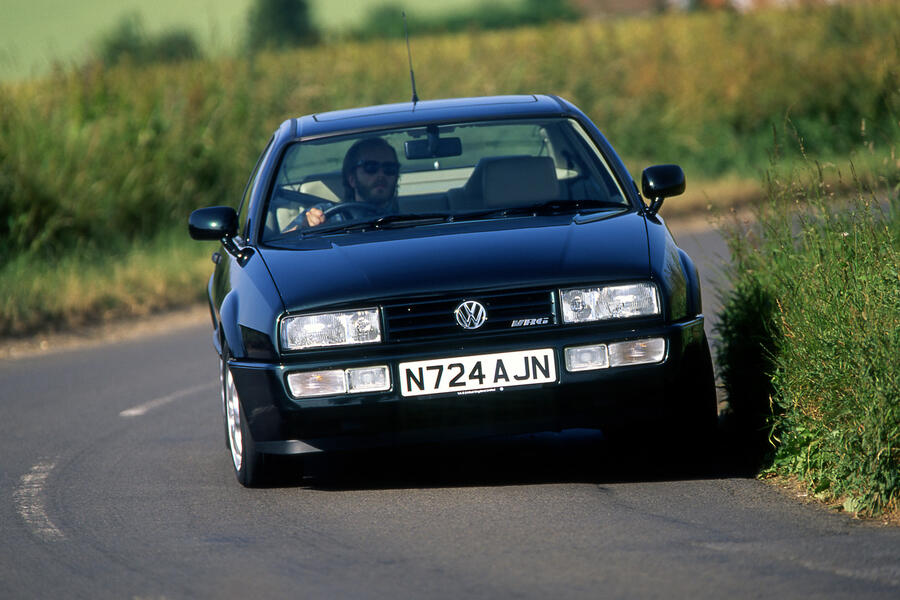
In truth, the Corrado VR6 is a cult hero of its own. Its 187bhp 2.9-litre six-cylinder motor, although used in other applications, finds a nearenough perfect home in the sleek coupé. It gives what is an already absorbing car added drama. From its extra grunt, which enables a 0-60mph time of 6.8sec, to its incredible, howling exhaust note, the VR6 and especially its Storm special edition are very desirable, and prices of pristine examples reflect that now more than ever.
This is a cracking sports car, but not in the traditional sense. Like the two Scirocco generations that came before it – plus the one that came after it – the Corrado is front-wheel drive, sharing many of its parts with other VW models of its day, most notably the Golf.

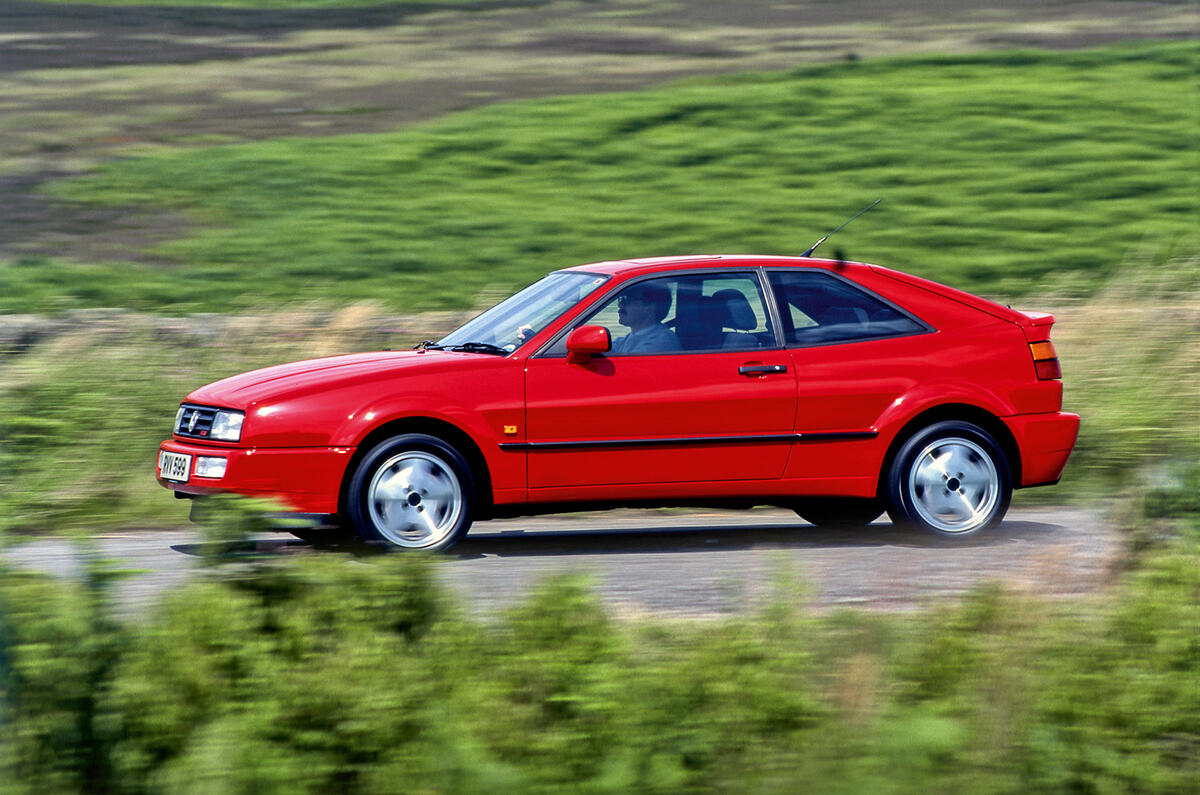
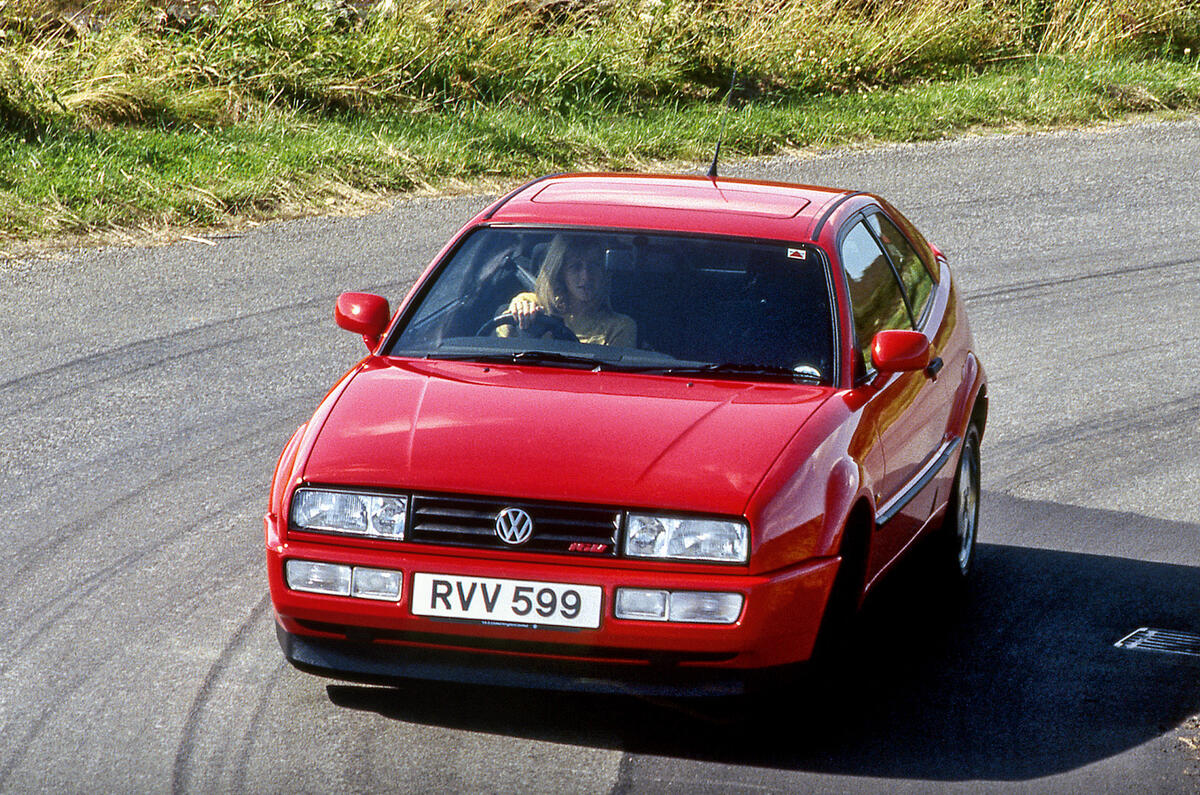
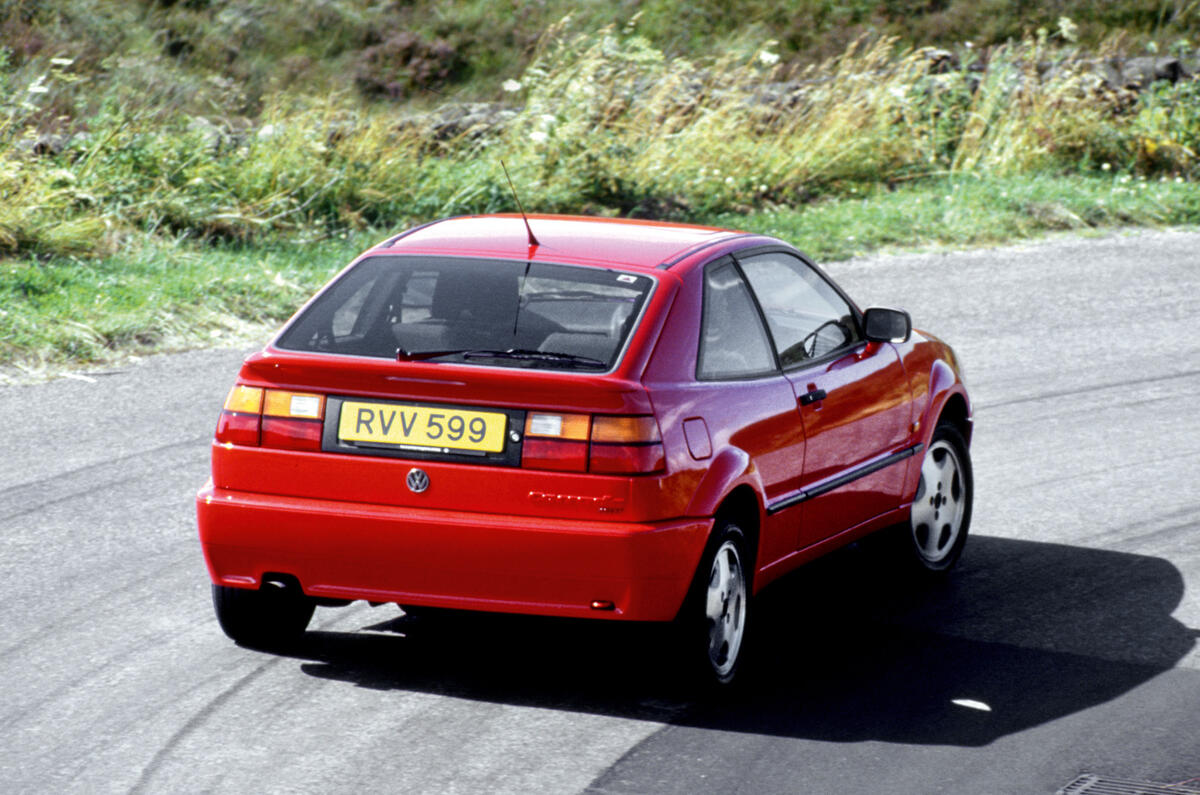
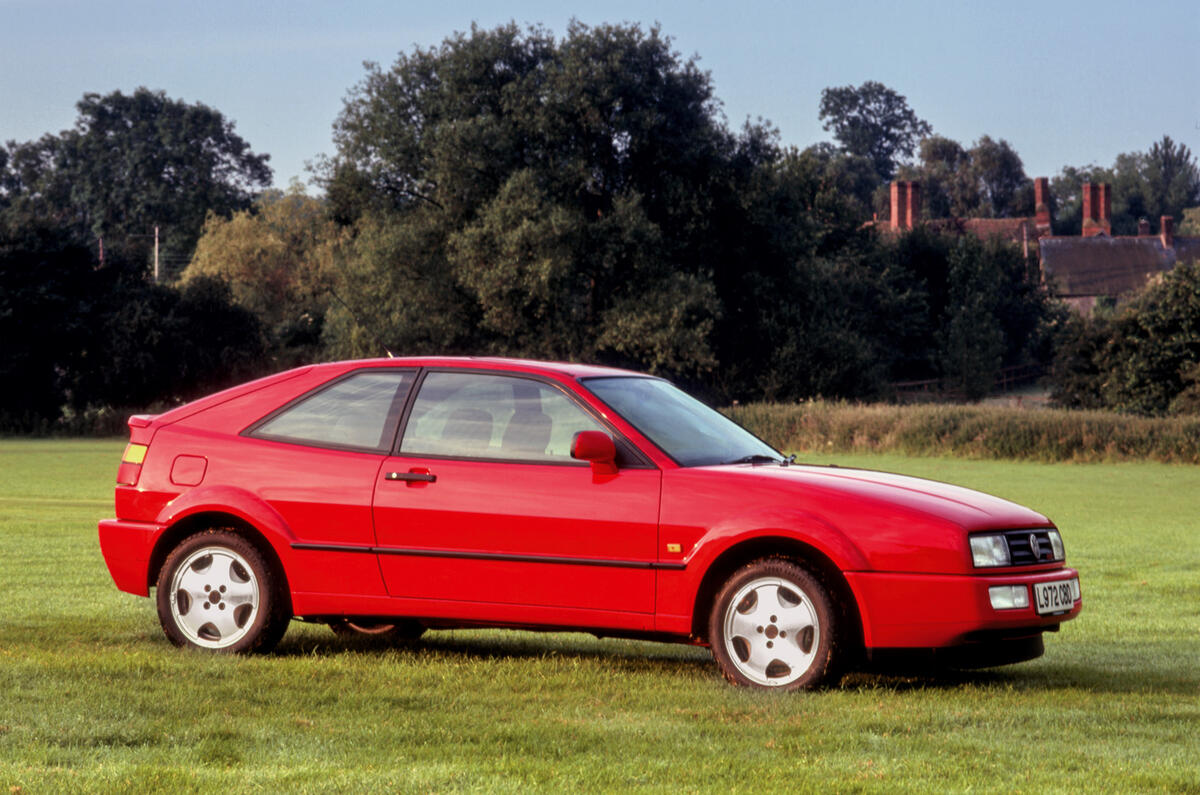
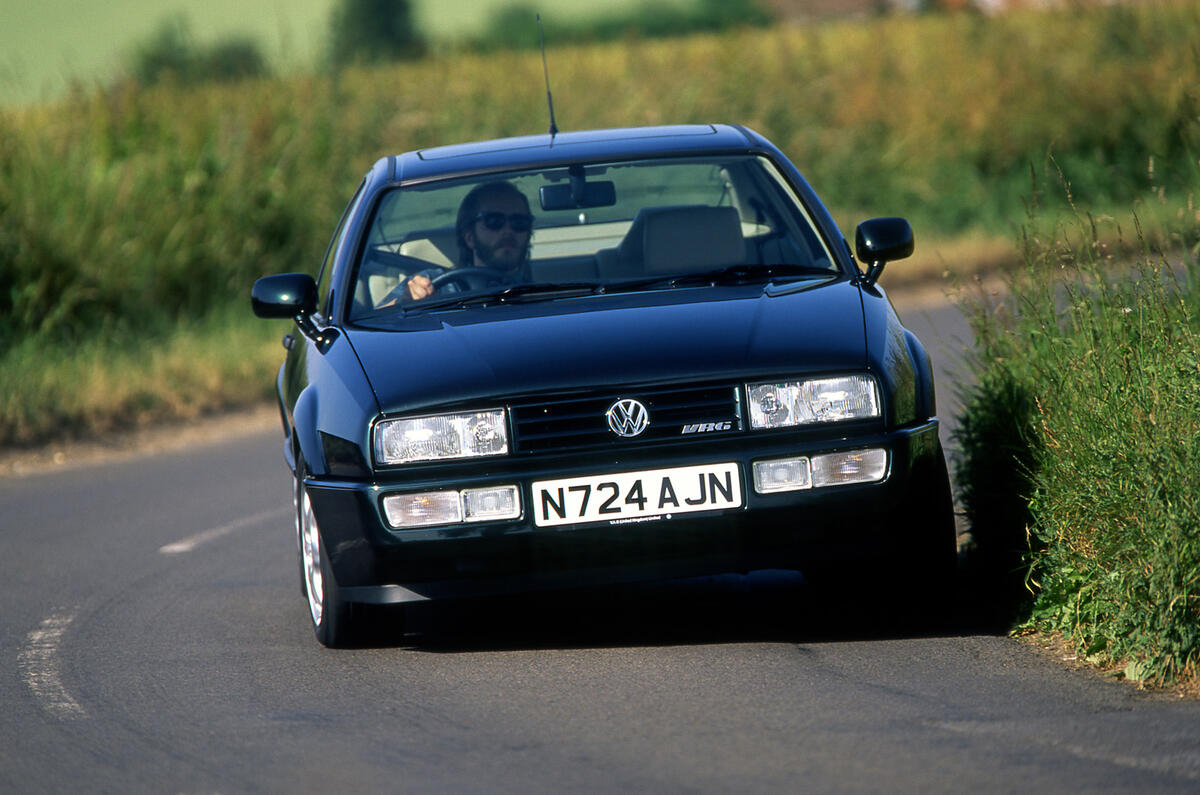
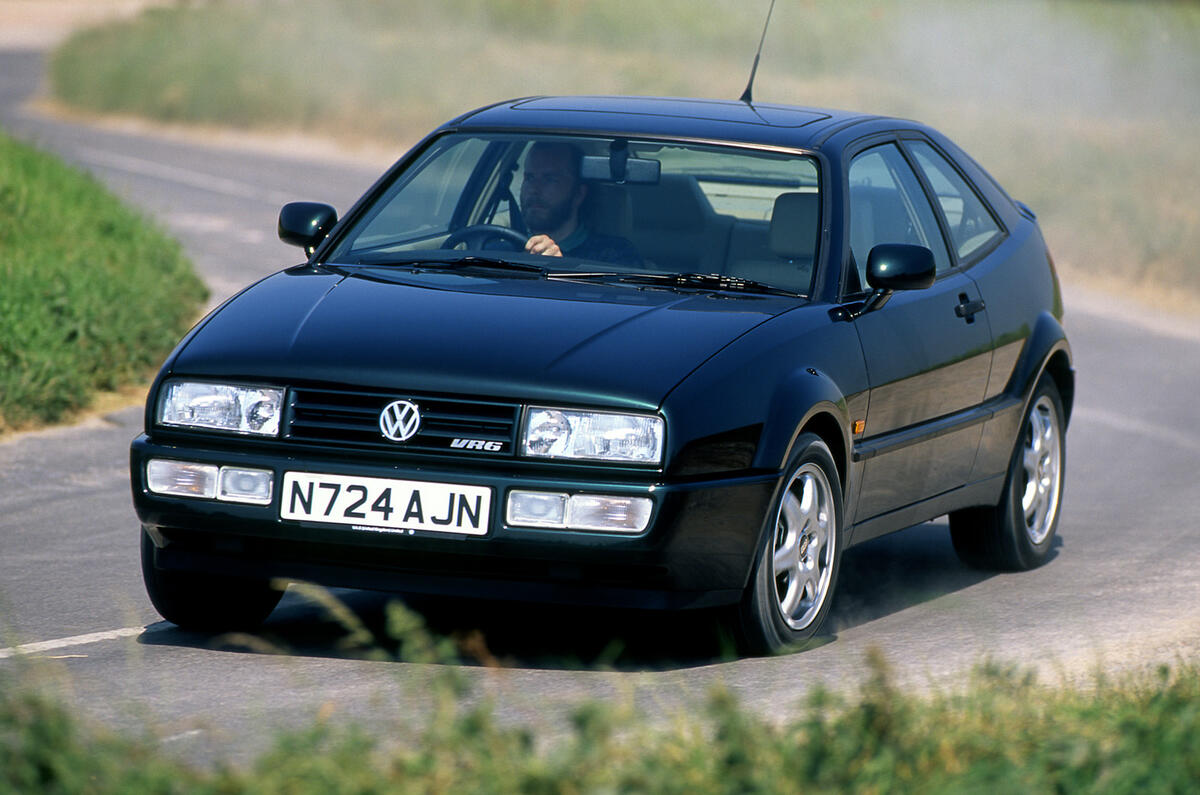
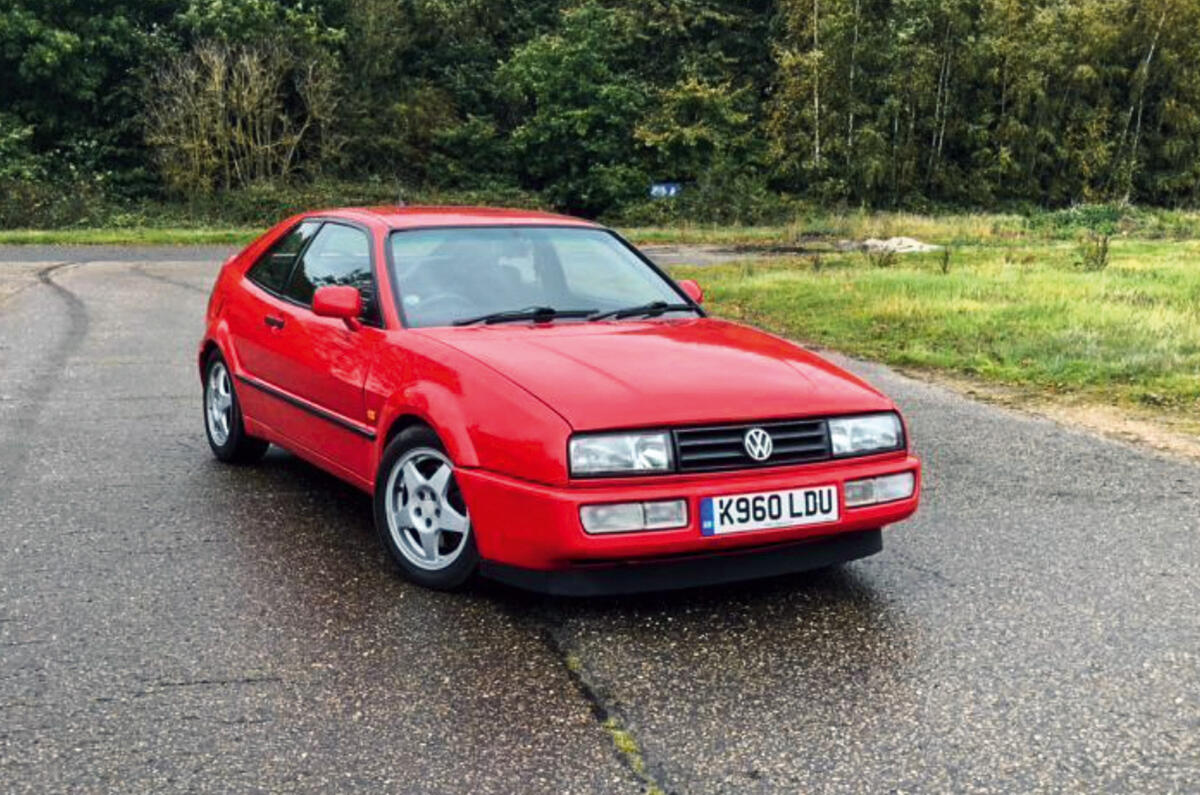
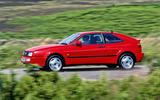
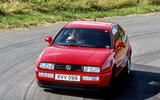
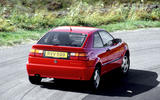
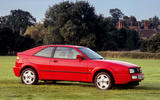
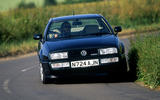



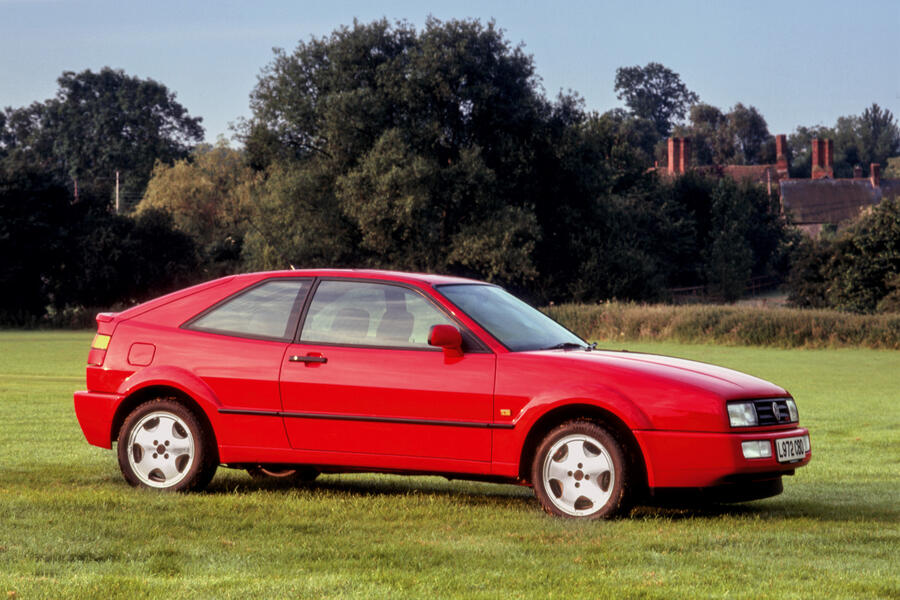
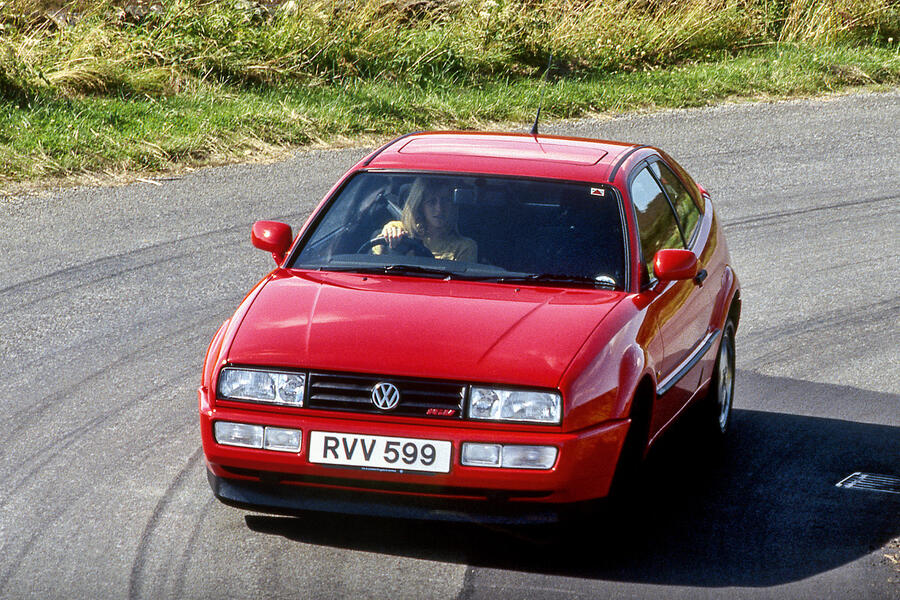
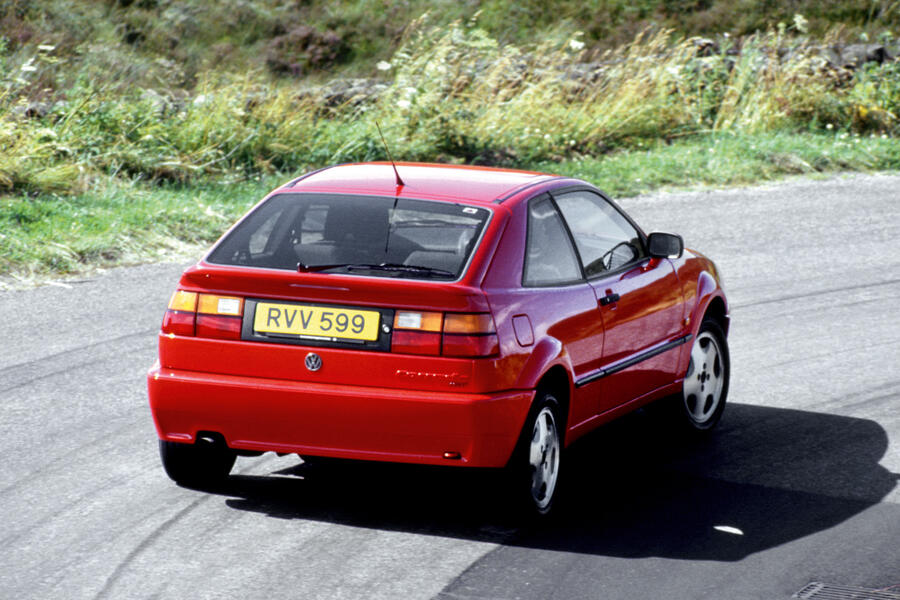
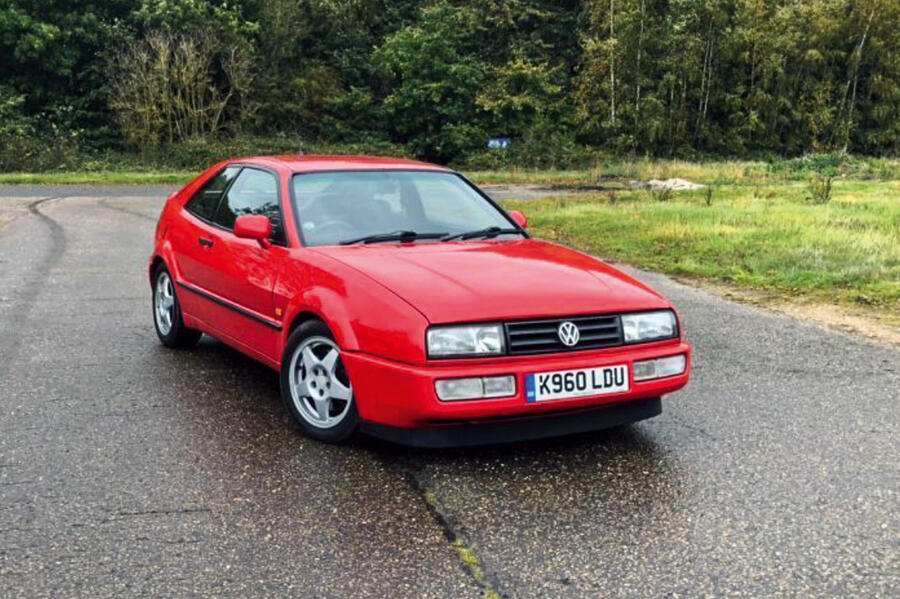


Join the debate
Add your comment
Corrados still now look absolutely stunning as do the MK1&2 Sciroccos.
Such a shame VW didn't carry on making the Corrado, I'm sure today's version wouldn't be a money pit, if your good a spannering then you'd probably buy one, if your a turn key though?